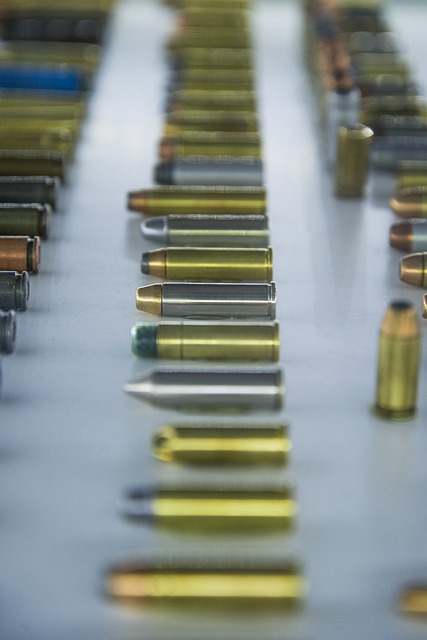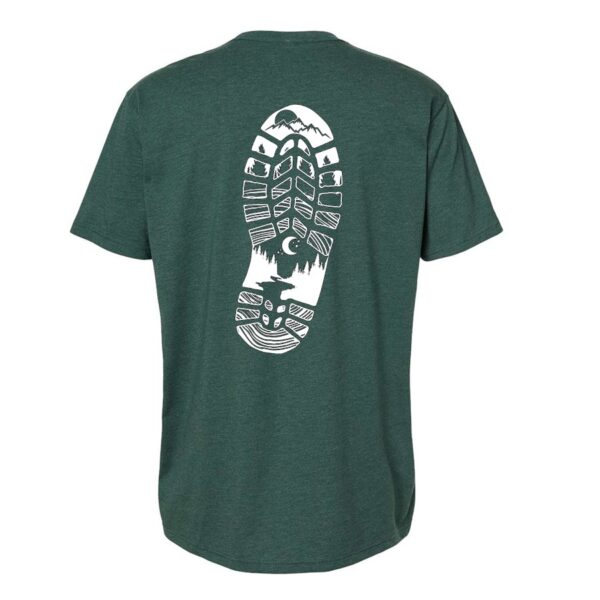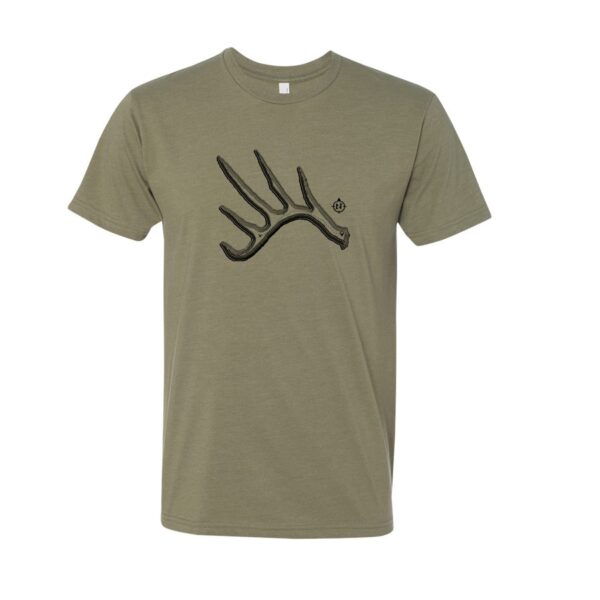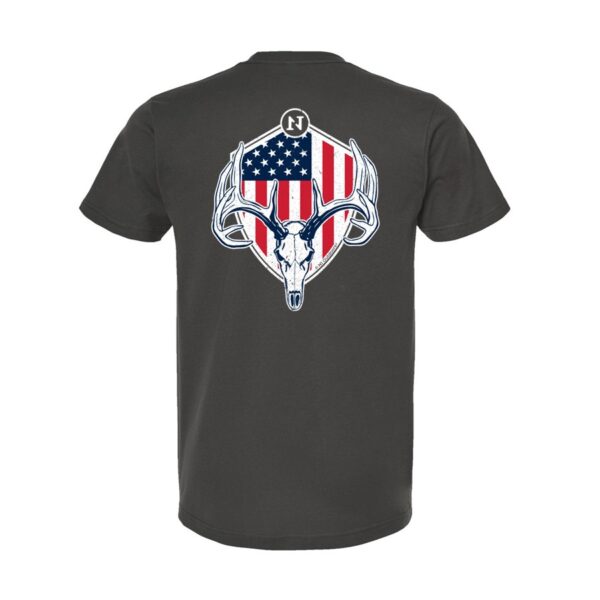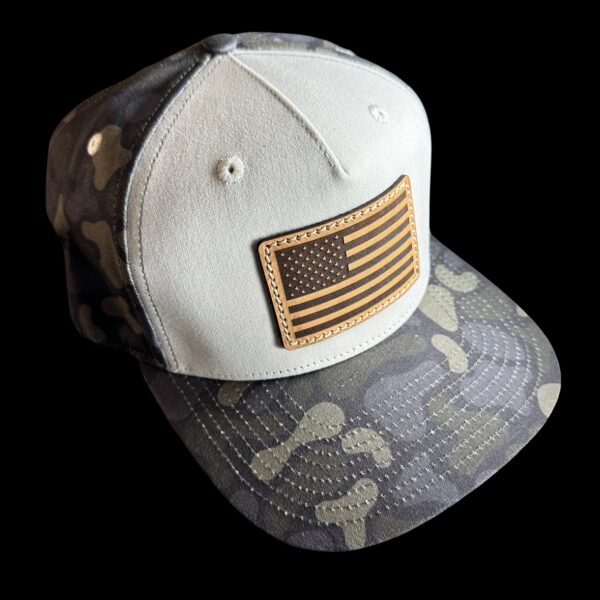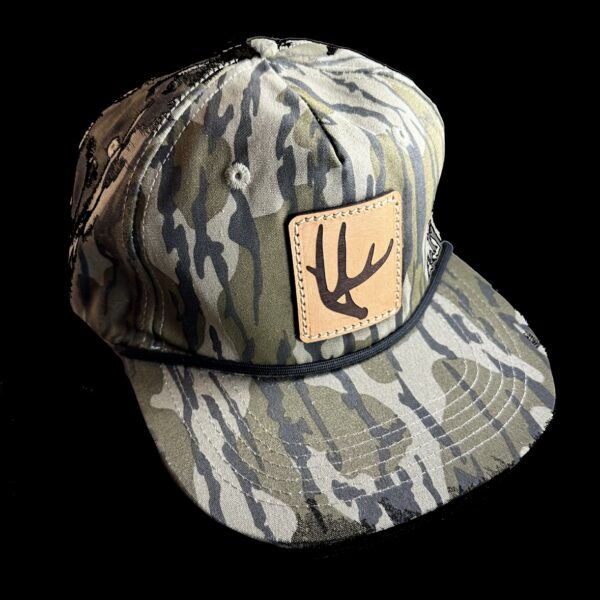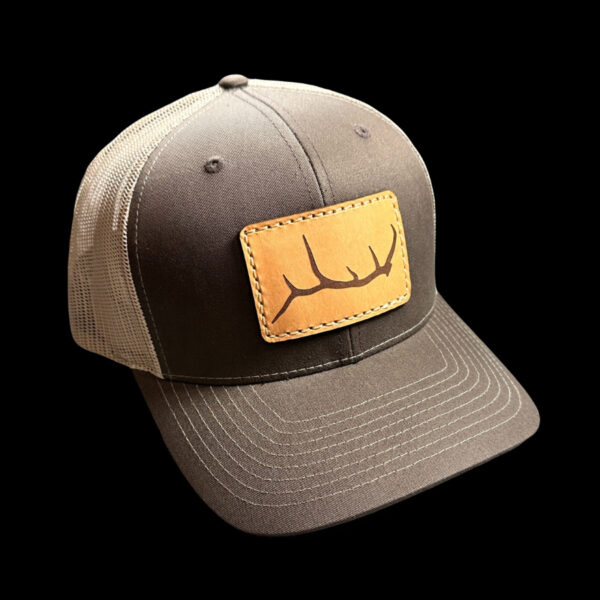Unless you’re an expert in firearms, it’s very likely that you’ll get overwhelmed by the numerous ammunition types out there.
But don’t worry, that’s what we’re about to help you understand in this article. Herein, we’ll provide in-depth knowledge on the diverse ammunition types we have out there, so let’s dig in.
Introduction to Ammunition
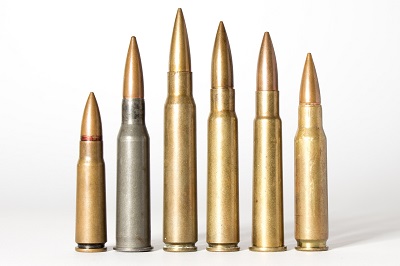
Before we dive deep into the core of today’s article, let’s begin by understanding what we actually mean by “ammunition.”
Now, when speaking of ammunition, or “ammo,” what we’re basically referring to is the entire package of elements that come alongside a firearm.
Usually, ammo is made up of the following:
- Case
- Pimer
- Propellant (or powder)
- Projectile.
But in the case of shotshells (more on this to come later), an additional component known as the ‘wad’ also forms part of the package.
Understanding Basic Ammunition Types
Ammo can all be grouped into 3 basic types:
- Shotgun ammunition
- Handgun ammunition
- Rifle ammo
Shotgun Ammunition
Shotgun ammunition is basically what is used for hunting and sport shooting. In the case of shotguns, they’re specifically known as shotshells.
Shotshells come in 3 types:
- Birdshot
- Buckshot
- Slugs
Birdshot and buckshot come in the form of small metallic pellets and you find multiple of them in shotshells. But, before you find a gun shop to buy either, it’s worth noting that the former has a smaller diameter (or gauge) than the latter, meaning that shotshells loaded with birdshot will have more pellets than ones featuring buckshot.
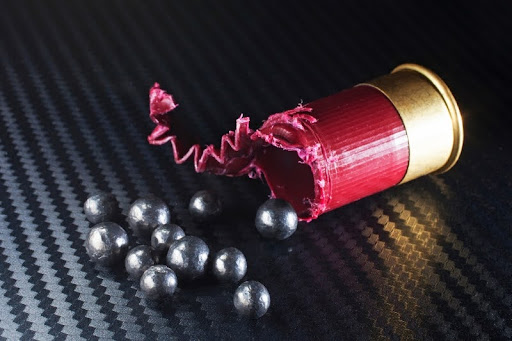
The difference in the size of the pellets iin shotshells emanates from their intended use. For instance, when hunting deer, which is obviously a larger animal than a bird, you will need a larger, more powerful ammunition — buckshot.
Slugs, unlike birdshot and buckshot on the other hand, are a joint solid projectile. They are mostly used for hunting large animals, just like buckshot, but you’ll only need a single slug to accomplish what would otherwise require more buckshot.
Handgun And Rifle Ammunition
When we talk about rifle and handgun ammunitions, they can be categorized into 3 categories:
- Rimfire
- Centerfire
- Caseless
Rimfire and centerfire ammunitions are pretty much straightforward; the difference is basically the position you find the primer within the cartridge case (the primer is the explosive substance that will ignite the powder within the ammo to ignite the powder).

Rimfire cartridges have a primer mixture crimped inside the base, while centerfire cartridges (pictured here) have a primer mixture in a ‘cup’ in the middle of the base of the cartridge case.
When speaking of rimfire ammo, you will find the primer at the cartridge’s bottom, sometimes called the rim. That means guns using this ammo have their firing pins designed so that they strike the cartridge’s outside edge.
Centerfire ammunition, on the other side, has the primer at the central part of the gun’s cartridge, just as the name suggests. That means in this instance, the pin works by striking the cartridge’s middle part, as opposed to the outside edge in its rimfire counterpart.
Caseless ammo, as the name suggests, totally eliminates the need for a separate case. In this case, the primer is actually integrated into the propellant itself and contains enough energy to propel the bullet off the barrel.
Bullet Types
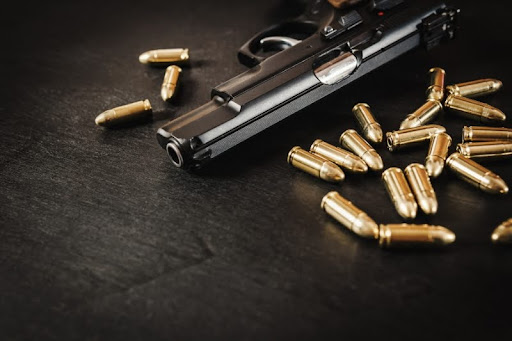
We’ve covered some basic details about ammunition. Next, let’s closely examine the different types of bullets and how they are used.
So, is a “bullet” any different from what we’ve already discussed?
Absolutely — because bullets and ammunition are 2 different things!
You see, when we talk of a bullet, we refer to the actual projectile that is propelled from a firearm.
Ammo, on the other hand, as we’ve already established, comprises many components among which the bullet is a member. So, while every ammo has a bullet, the reverse isn’t true.
With that said, let’s get back to our main focus and examine bullet types. Let’s examine some of the common ones:
1. Full Metal Jacket (FMJ)
FMJ bullets are the most common bullet type, and that’s because they’re so cheap.
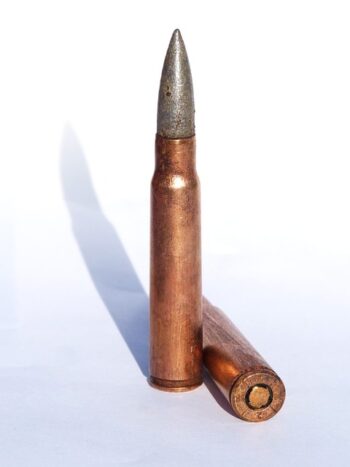
Also known as ‘ball ammo’, FMJ ammo comes with a lead core surrounded by a copper or brass shell. Quality-wise, they aren’t the best out there, but they are pretty good, especially for their price tag. This type of bullet is often deployed in military applications and target shooting.
Full metal jackets aren’t as super accurate compared to some other more expensive kinds, but again that can depend on the gun you’re using and the skill of the user. You may also want to go for a boat tail variant if you want a greater degree of accuracy.

The boat tail tapers at the bottom end like a boat and is a full metal jacket with no hollow part. This bullet has minimal expansion upon contact, offering reliable penetration.
2. Hollow Point
Hollow point bullets are exactly what their other name suggests: bullets designed with a hollow point and often preferred for self-defense and hunting.
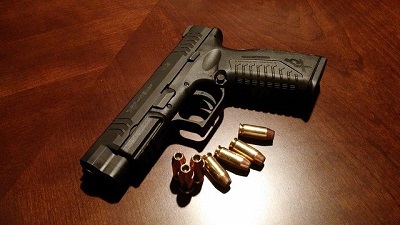
Hollow points, unlike the FMJ, have a tip that will expand (or mushroom) upon maximum impact, creating a larger surface area of impact and thus greater damage.
While the FMJ bullets are more likely to penetrate the target and hit the next object in their trajectory, hollow points will mostly stop upon impact and deliver all their energy to the target. This type usually has a cavity at the tip of the bullet to make it expand upon impact.
3. Soft Point

Soft point bullets are an integration of the FMJ and hollow point bullet in terms of performance. They are designed to offer better expansion than FMJ bullets and better penetration than hollow point bullets.
The penetration of soft point bullets can’t match that of FMJ, and neither can their expansion beat that of hollow points. Think of them as bullets that perfectly balance penetration and expansion.
4. Ballistic Tip
Unlike other bullet types, the ballistic variety comes with a plastic or polymer tip at the front end of the bullet. This tip is incorporated for aerodynamic purposes, so the bullet remains airborne for longer.
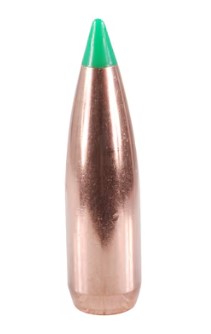
The ballistic tip design helps it to fly faster and with more stability than other common types, making it ideal for flat shooting. The bullet is also hotter than most variants available on the market, so ensure that you double-check that it’s compatible with your gun (photo credit: Midway USA)
The jacket of a ballistic tip bullet is heavier than that of some other bullet types; a feature that helps minimize expansion and maximize the penetrability of the bullet. Choose these if you’re looking for bullets that can do well in hunting small to medium game, and sometimes even large game depending on where you want to shoot.
5. Open Tip Match (OTM)
The Open Tip Match (OTM) bullet type is often preferred for long-range shooting and target competitions.

The Open Tip Match bullet comes with a tiny hole at the bullet tip, which also serves as its distinctive attribute from other bullet types. This hole is incorporated into the design to minimize drag during flight, resulting in higher accuracy. (photo credit: Berger).
Measuring from tip to tail, you will also notice that OTM bullets are longer than most others, a feature that further enhances their aerodynamic traits.
The OTM bullet, however, doesn’t pay much attention to other aspects such as weight retention, penetration, and ability to kill game, so they don’t make great options for hunting deer and other big game.
6. Frangible Bullets
Frangible bullets differ from other types in that they’re designed to disintegrate to dust upon hitting a harder metal target like steel.

Frangible bullets are made from compressed powdered metal. They come in different materials, but in most cases, the metal used to make them is copper or brass.
The ability to disintegrate once hitting the target keeps them from penetrating an object, so they won’t hit another close-by object like most penetrative bullets.
Plus, since they don’t penetrate the target, frangible bullets won’t cause significant wear and tear on your bullet trap or target, making them ideal for training. Using this type, you can even walk on your target without the fear of catching jacketing.
But on the negative side, because of the composite nature of these jacket-less bullets, any surface tension cracks can make the bullet disintegrate immediately after leaving the barrel. But, as long as a bullet is up to par, it should do the work well as long as it’s deployed under the right circumstances.
Calibers In Ammunitions
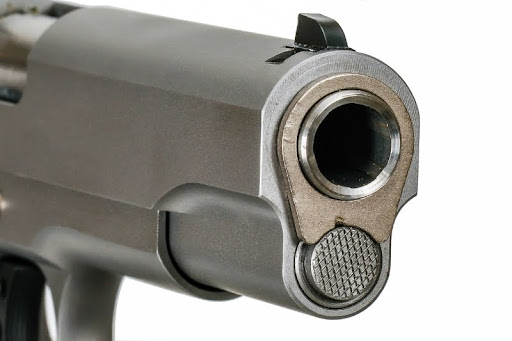
When it comes to the world of guns, “caliber” is used to refer to the diameter of the projectile fired or the barrel of the gun firing it.
Usually, the caliber of ammunition is expressed in millimeters or hundredths of an inch, but sometimes it can even be expressed in thousandths of an inch. There are a wide range of calibers, but in most cases, the caliber size is denoted using a decimal point followed by 2 numbers.
For instance, you may encounter something like 0.45, usually at the barrel or side of the receiver. What that means is that the caliber is 0.45 of an inch, but the decimal point is usually dropped when pronouncing it. That means still referring to our example, you’d pronounce it as 45 caliber, and you’ll still be referring to the diameter of the barrel.
Ammo Types Final Thoughts
Ammunition is a crucial part of firearms, and understanding them is important for any gun owner. In other words, if you’re a first time gun buyer, before you walk into a gun store looking for the best gun for the money, spare time and effort and get to know the different ammunition types out there and their purposes.
Garnering this knowledge will help you determine what works best for your applications and what doesn’t.
Of course, also remember to acquaint yourself with knowledge of the calibers and gauges there are out there. This helps you understand which type of ammunition goes with your firearm.
Safe shooting!

